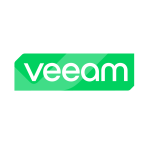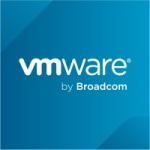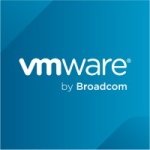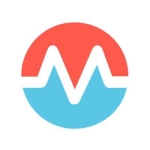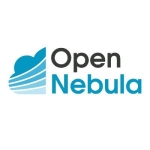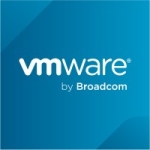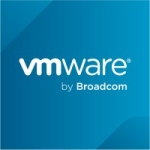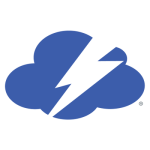We are branching into NSX. This solution was purchased with NSX to give us more insight into our environment. We're looking to do a lot more microsegmentation and figure out what the workflows are or what the data flow is between applications and between hardware so that we can minimize bottlenecks, get a better idea of performance issues, and be able to really lock down what we're doing for security. We're also looking to make sure that our microsegmentation is set up correctly and that we don't have data leakage in places that we don't want.
The most valuable feature would be the ability to plug into the data feeds that we have and pull information from physical hardware as well as the virtual layer. The best feature is the visualization of what's going on, so we can take a very quick look and see if there are any issues that stand out.
In terms of being intuitive and user-friendly, this solution is getting better. When we first installed it they had upgraded a few times, and just the overall layout is better and easier to manage. It's easy to learn, so once you get in there and start looking around, it is fairly intuitive to figure out what you want to do.
As they're able to add in more vendors for hardware to be able to pull information from different firewalls, switches, or other vendors, I would like to see where we can get more of a complete view of what's going on in the network. That would make this solution better.
One to three years.
It's a virtual appliance and it's been rock solid since we installed it. We've had no issues with stability.
We don't have a huge network and a huge environment, so I don't see us having to grow it too much in the future. If we do, I don't think it will be a problem.
Technical support has been good so far. All of our VMware support has been really good and it's easy to get our questions answered. We have a technical account manager as well through VMware which helps. If we need first line support for things and additional help, he will get answers for us faster. It's been great.
We weren't previously using another solution. Other than just general NetFlow products, nothing really shows the visualization of the network flow like what we're seeing with Network Insight.
The initial setup was fairly straightforward. There were instructions for it that were easy to follow. There's video tutorials and things like that online, so it was fairly easy to set up. We didn't need any support to get it installed.
We haven't really seen ROI yet. We haven't been using it that long and we're still building out our NSX environment. The visualization of what we're doing and what it provides is a good place to go and see so we don't have to use multiple tools. It consolidates multiple things into one so that makes my staff and the network team's job easier.
I have seen the demos and what it can provide is fantastic. It more than makes it worth it to use the product. I would rate it between a nine to ten.



